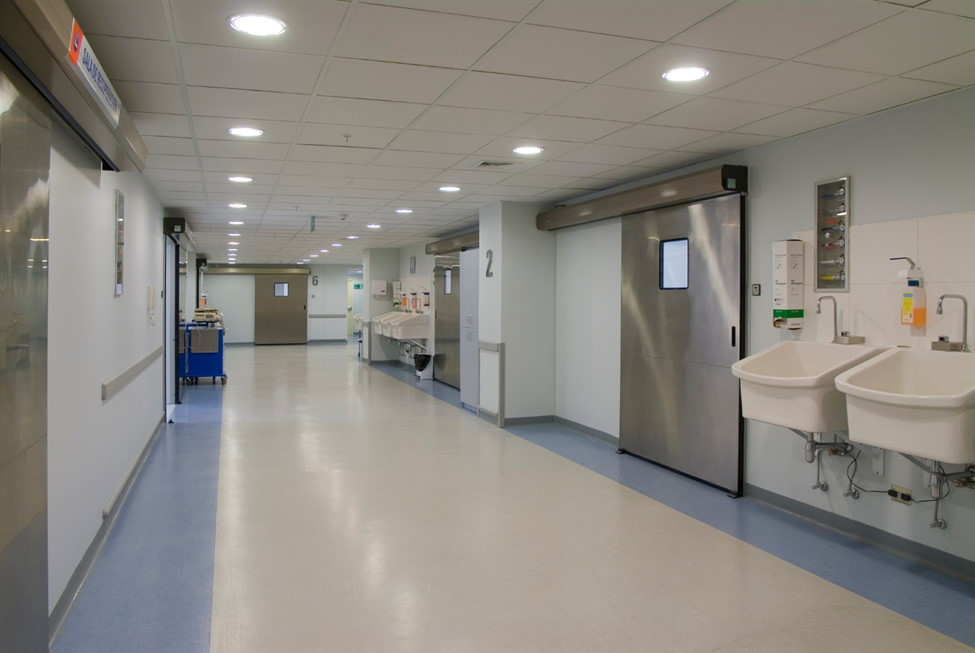Hospital Lighting Solutions: What is Circadian Lighting?
When most people think of lighting systems, they think of visual amplification or soft lighting for comfort, but science has discovered that lights play a big role in the synchronization of the human circadian rhythm. The comprehension of this link between light and circadian health has birthed a trend called circadian lighting.
Hospitals are an environment where the promotion of health for both staff and patients is the main focus. We are now starting to understand how lighting can play a key role in patient outcomes. Whether it's corridor lighting or hospital bed lights, the amount and quantity of light that patients and staff receive can make a difference.
What is circadian lighting?
Our bodies regulate their functions based on 24-hour cycles. These are circadian rhythms. These rhythms monitor the timing of the release of melatonin (which tells the body when to sleep). Disruption in the rhythms can cause insomnia as well as health issues both mentally and physically.
With the rat-race pace of today's society, most of a person's day is spent indoors, therefore, they cannot benefit from the light and dark cycles produced by the Earth's rotation which normally regulate circadian rhythms.
The key factors to circadian health are:
- Light levels: How much light falls on the photoreceptors of the eye in a day via vertical illuminance
- Spectrum: Light wavelength commonly linked to color appearance
- Timing: When the light is received
- Duration: Time span of exposure
- History: Cumulative internal recording of light and dark pattern the eye receives over time
Light received at the eye stimulates the circadian rhythm so a lighting system that supports that stimulation would have vertical illuminances, such as lights on the wall or task lighting to provide an efficient amount of light targeting the eye's photoreceptors. The light levels would gradually dim and change from cool to warm in color progressively throughout the day.
Circadian Stimulus (CS) is a metric developed by the Lighting Research Center (LRC) that indicates how well a one-hour exposure to a light source producing a certain light level and wavelength of light will stimulate the circadian system. Correlated Color Temperature (CCT) alone is not a reliable circadian metric. The most reliable dedicated metric is CS.
Circadian lighting in hospitals
Hospitals operate 24 hours a day, seven days a week, and 365 days of the year. They never close. No holidays. No snow days. The hospital is always open. Staff put in long hours so the lighting has to be diverse to help staff keep their rhythm balanced on a night shift but still allow patients to sleep.
Three application examples of lighting patterns are:
Neonatal Intensive Care Unit
Careful light zoning serves premature infants and nursing staff alike in the NICU. The babies need to receive at last two hours of CS in the morning and nursing staff requires CS that will foster circadian health during their shift.
Nurse Stations
Nurse stations support day and night shifts. Daytime lighting should be designed to promote alertness. On the night shift, there should be no circadian disruption for patients which is done by providing low CS while keeping the staff alter by providing sufficient light for them.
Patient Rooms
The patient's rooms should offer high CS during the day and low CS at night. Night lighting should foster sleep without affecting visitors and staff.
Lighting for healthy buildings
The lighting community has gone from a basic understanding of the role of lighting in health and equipment to designing templates for multiple applications including hospitals.







